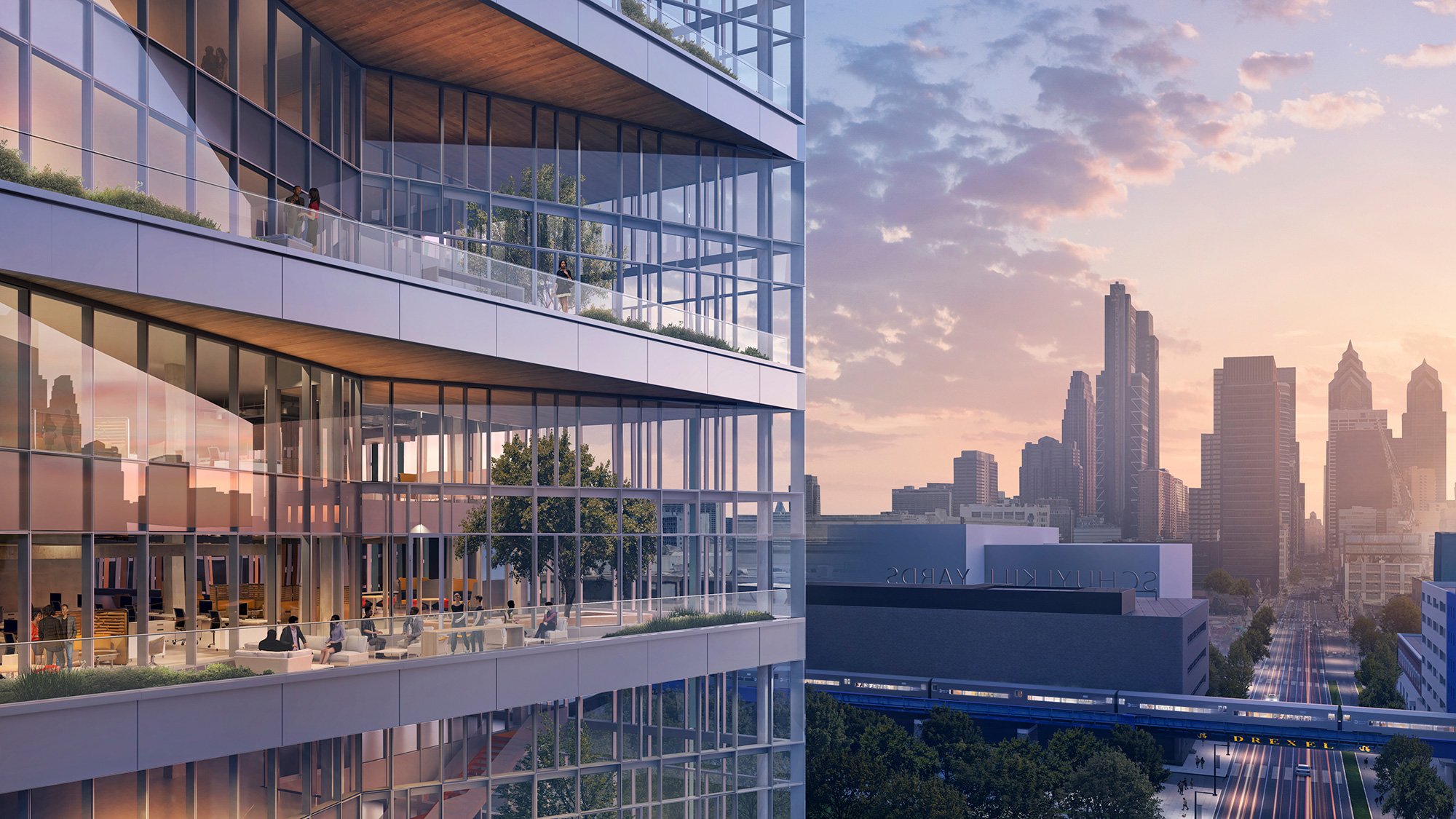Beyond the Lab Module: What Scientists Want From New-Age Lab Buildings
September 27, 2021 | By Dayita Kurvey, Erik Lustgarten
Editor’s note: This piece was originally published in Banker & Tradesman.
The COVID-19 pandemic has further fueled accelerated growth in the life sciences industry, with construction of lab and office buildings in the Boston area booming. Lab spaces need to be efficient and functional, but their design often neglects to think beyond the typical rectangular grid, resulting in spaces that are siloed and ignore user comfort and experience.
A deeper understanding of how scientists use and experience their lab environment is fundamental. We interviewed four scientists about their workplace experiences to learn how designers can create environments that meet their expectations and needs, as well as support their new ways of working.
Planning for a Typical Day in the Lab
Biochemistry scientists spend 6-12 hours in the lab for 3-6 days a week, the majority of their time on lab benches conducting experiments and the remaining time at individual workstations or in meetings. Proximity between desk space and lab bench have a huge impact on efficiency.
Dr. Steffi Sunny, a research scientist who works for one of the largest medical device companies, explains, “There is this dance that happens with the meetings and the lab work that's actually quite challenging, and it's made even harder by the fact that our meeting rooms are not anywhere close.” She adds, “I waste a lot of time going up and down the stairs.”
Additionally, post-pandemic “hot desking” protocols and capacity limits have presented scheduling challenges. “We are always juggling between meetings and experiments,” says Dr. Sunny. “I need my own desk where I can store my belongings and shouldn’t need to compete to sign up for a desk to do my job effectively.”
Designing for Comfort + Experience
With scientists spending extended hours on the benches, adequate daylight, glare, and enhanced temperature controls near windows become crucial. “The view outside matters, too,” says Dr. David Sherman, a Postdoctoral Fellow with experience working at large research universities and biopharmaceutical companies. “My window looks at a green landscaped area and it helps refresh my eyes after constantly looking at the petri dish under artificial light. Natural daylight is very important for mental health when you are spending long stretches of time in the lab.”
Dr. Angie Holmberg, an R&D scientist working in the greater Boston area, explains, “I don’t have access to windows, so keeping time becomes difficult, and I have the tendency to accidentally work too late.” However, Dr. Sunny points out that autonomy of daylight control is needed: “Some of the work we do is light sensitive, so we need to be able to have darkness.”
Scientists also value easily accessible outdoor areas. “Not all our days are spent in labs,” says Dr. Holmberg. “Sometimes you need time to just process data, read papers, or send emails and the best place to do that is just where there’s Wi-Fi, including outside.”

The Importance of Collaborative Spaces
Virtual tools got us through the pandemic, but face-to-face collaboration is irreplaceable. “A lot of people don't realize it, but science is a very collaborative endeavor, and you benefit from casual, in-person interactions,” says Dr. Sherman. “[The] best way to do good work is to build trust and that trust comes from seeing people and making a connection,” Dr. Sunny agrees.
Dr. Ylaine Gerardin, a computational biologist at a Boston-area startup, has primarily transitioned to remote work during the pandemic and misses chance encounters with co-workers from other departments: “[The] café was a great place to talk to them [colleagues]. I would chat with a bench scientist or somebody who works on the business or regulatory side and learn about what they do.”
Taking Cues From the Workplace
Scientists, like corporate office users, gain from environments designed to enhance collaboration, access to daylight and outdoor spaces, and flexibility in planning. Labs are inherently utilitarian, but the need to design for the human experience shouldn’t be overlooked. Materials, textures, and ergonomics that are traditionally associated with the workplace can also add warmth and comfort to sterile lab environments. As the industry continues to reinvent itself, a bottom-up, user-centric approach will push the limits of lab design while balancing efficiency and improved well-being.
For media inquiries, email .


